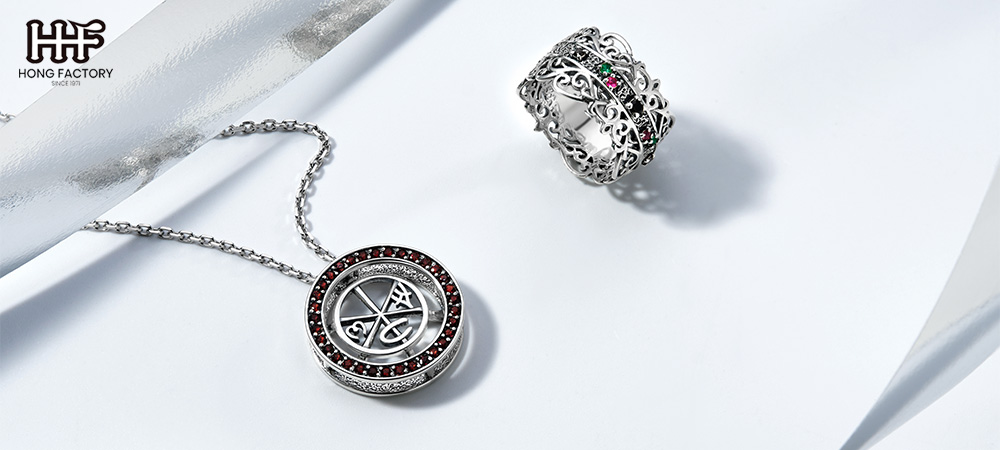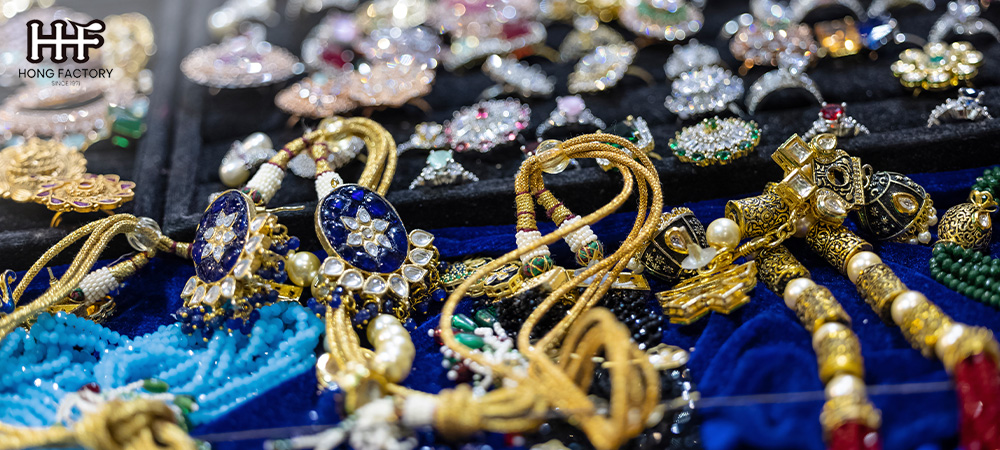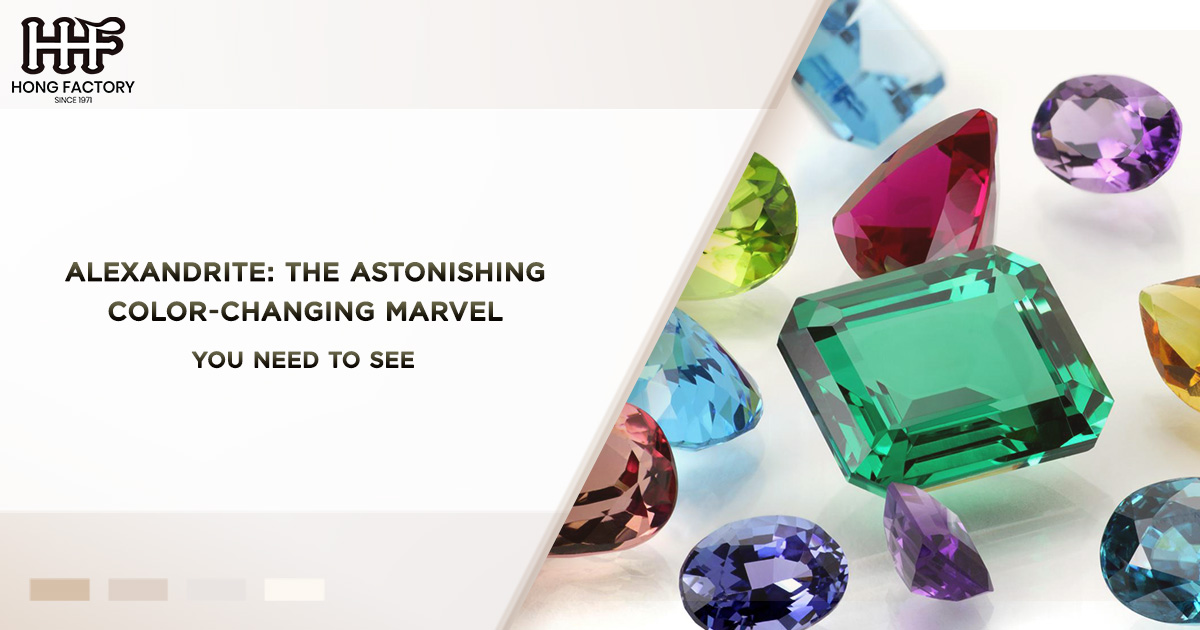Alexandrite is one of the most captivating gemstones in the world, celebrated for its rare ability to change color under different lighting conditions. Described as “emerald by day, ruby by night,” this phenomenal gem holds a special place among collectors, jewelry enthusiasts, and investors alike. In this article, we’ll explore the incredible formation process of alexandrite, the factors that influence its value, and why it’s gaining popularity as a lucrative investment in the world of fine gemstones.
What is Alexandrite?
Alexandrite is a rare variety of the mineral chrysoberyl. Its most famous characteristic is its remarkable color change – appearing green or bluish-green in daylight and transforming into red or purplish-red under incandescent or artificial light. This optical phenomenon, known as the “alexandrite effect,” makes it one of the most fascinating and sought-after gems in the world.
Discovered in Russia’s Ural Mountains in the early 1830s, alexandrite was named after Tsar Alexander II. Russian alexandrite is especially prized for its intense color change and historical significance. While other deposits have been found in Brazil, Sri Lanka, and East Africa, the finest alexandrite specimens remain those of Russian origin.

Formation Process of Alexandrite
Geological Origins
The formation of alexandrite is as extraordinary as its appearance. This gem forms deep within the Earth’s crust under specific geological conditions, making it exceptionally rare. Alexandrite is a variety of chrysoberyl, which forms in aluminum-rich environments. However, for alexandrite to take on its signature color-changing quality, it requires the presence of trace amounts of chromium. Chromium acts as a coloring agent, giving the stone its green hue in daylight and its red hue under incandescent light.
For this unique combination to occur, specific tectonic and chemical conditions are required
- High-Temperature and Low-Pressure Zones – Alexandrite forms in pegmatite veins, where slow cooling allows crystals to grow.
- Presence of Beryllium and Chromium – Beryllium is a key element in chrysoberyl, and the addition of chromium provides the trace elements necessary for the iconic color shift.
- Unusual Geological Rarity – The conditions needed for beryllium and chromium to coexist are so rare that alexandrite deposits are few and far between.
The geological process explains why alexandrite is found in isolated pockets around the world, with only a handful of notable locations yielding gem-quality stones.
The Value Factors of Alexandrite
When evaluating alexandrite, several factors come into play to determine its value. As one of the rarest gemstones in the world, alexandrite commands premium prices, particularly when certain quality benchmarks are met.
- Color and Color Change
The most critical factor in determining an alexandrite’s value is its color and the extent of its color change. Ideally, a high-quality alexandrite will display a strong green to bluish-green shade in natural daylight and a vibrant red to purplish-red tone in incandescent light.
- Degree of Color Change – Stones with a complete, dramatic color shift (100% change) are more valuable than those with partial or weak color transitions.
- Saturation and Hue – The intensity of both the green and red hues plays a significant role, with vivid colors fetching higher prices.
- Clarity
Like other gemstones, clarity is an important consideration for alexandrite. However, slight inclusions are generally accepted in natural specimens due to the rarity of the gemstone. Eye-clean alexandrites—stones without visible inclusions—are exceedingly rare and highly prized.
- Carat Weight
Alexandrite is rarely found in sizes over one carat. As the carat weight increases, the rarity and price of the gem rise exponentially. Large, high-quality alexandrites (over 5 carats) command extraordinary prices, often reaching hundreds of thousands of dollars per carat.
- Origin
The origin of the gemstone can significantly impact its value. Russian alexandrite, from the original Ural Mountain deposits, is considered the most desirable due to its exceptional quality and historical importance. However, fine alexandrites have also been found in Brazil, Sri Lanka, and East Africa, offering alternatives for collectors at various price points.
Alexandrite as an Investment
Why Invest in Alexandrite?
Alexandrite is not just a beautiful gemstone; it’s also a valuable asset. In recent years, alexandrite has gained recognition as a promising investment due to its rarity, historical significance, and growing appreciation among collectors. Here are several reasons why alexandrite is considered a smart addition to a gem investment portfolio
- Rarity – Alexandrite is among the rarest gemstones on Earth. Its limited supply ensures that demand will continue to outpace availability, driving prices higher over time.
- Timeless Appeal – With its enchanting color change and regal association with Russian history, alexandrite has an enduring allure. This timeless quality adds to its value as both a collector’s item and a luxury good.
- Historical Value – Russian gems, including alexandrite, are steeped in history and tradition, which increases their desirability among both investors and gem enthusiasts.
- Price Appreciation – Alexandrite prices have steadily increased over the past few decades, particularly for high-quality stones. Well-documented auction results show that rare alexandrites often exceed their estimated value, reflecting a robust market demand.

Investment Tips for Alexandrite
When considering alexandrite as an investment, it’s essential to keep a few key points in mind
- Focus on Quality – Prioritize stones with strong color change, excellent clarity, and vivid hues. These qualities will retain and increase value over time.
- Authenticate Origin – Russian alexandrite enjoys a premium status, so verifying the origin can significantly impact the stone’s worth. Always request certificates from reputable gemological labs.
- Buy from Trusted Dealers – Work with established and trustworthy dealers who can provide proof of authenticity and detailed information about the gem’s provenance.
- Consider Size and Rarity – While smaller alexandrites are more affordable, larger stones are much rarer and often appreciate more rapidly in value.
- Diversify Your Collection – Although alexandrite is a fantastic investment, it’s wise to diversify with other gems such as diamonds, rubies, or emeralds for a balanced portfolio.
Alexandrite in Jewelry
Alexandrite’s unique color-changing quality makes it a favorite choice for luxury jewelry, from rings and pendants to intricate brooches and earrings. Its rarity and captivating appearance also make it an ideal centerpiece for custom designs. Russian gems, in particular, are highly prized in vintage and antique settings, fetching premium prices on the market.
Conclusion
Alexandrite is much more than a gemstone; it’s an extraordinary natural marvel with a rich history, exceptional beauty, and strong investment potential. Its color-change phenomenon, combined with its rarity and heritage as a Russian gem, makes it one of the most coveted stones in the world.
Whether you’re a collector seeking a one-of-a-kind treasure, an investor exploring lucrative opportunities, or simply a jewelry lover enchanted by nature’s wonders, alexandrite offers something truly extraordinary. With its timeless appeal and increasing value, this astonishing gem is a must-have for anyone who appreciates the extraordinary.
